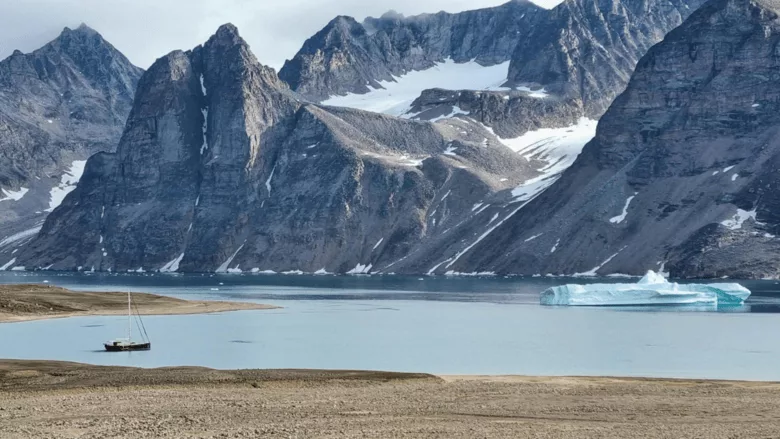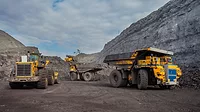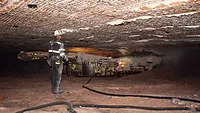A Warning From Greenland About its Minerals
Invest now, or risk losing out to China.

Image via Lars Bugge Aarset from Pexels
Greenland may be frigid and remote, but when it comes to critical minerals, it’s heating up fast — geopolitically speaking. And now, the Arctic territory is sending a clear message to the West: Invest now, or risk losing out to China.
In an unusually candid interview with the Financial Times, Naaja Nathanielsen, Greenland’s Minister for Business and Mineral Resources, laid it out plainly.
“We want to develop our business sector and diversify it, and that requires investments from outside,” she said.
Her message? Greenland would much rather partner with the US and Europe — but won’t hesitate to look eastward if necessary.
“We prefer cooperation with European and American partners, but if they don’t come, we have to look at other options — including China,” Nathanielsen warned.
That option isn’t just theoretical. Greenland holds vast, untapped mineral reserves — many of which fall under the US and EU’s “critical minerals” lists. Rare earth elements, graphite, and other specialty minerals essential for clean energy and advanced tech are buried beneath the island’s icy crust. And right now, China controls about 60% of the global supply of rare earths and nearly all the refining capacity, effectively holding a monopoly.
Still, Greenland hasn’t exactly rolled out the red carpet for Beijing. Take the Tanbreez mine in the island’s south, believed to contain one of the world’s largest rare earth reserves. China had eyes on it, but according to Reuters, pressure from US and Danish officials helped steer the project toward New York-based Critical Metals instead.
Currently, Chinese involvement is minimal — only two companies have minority stakes in dormant mining projects.
Meanwhile, a previous memorandum of understanding on mineral cooperation with the US, signed during Donald Trump’s first presidency, is now expiring — and efforts to renew it under Joe Biden have stalled. Nathanielsen didn’t mince words about Trump’s infamous 2019 statement about “buying Greenland.”
“Disrespectful and distasteful,” she told the Financial Times.
While Trump’s second term has reignited his interest in Greenland — this time emphasizing access to its minerals — Nathanielsen is wary of American motives.
“We sort of hoped that the Trump administration would be more willing to engage in dialogue with Greenland about the mineral sector development,” she said. “We got a bit more than we asked for, because we have no wish to be American.”
Her skepticism is backed by real frustration.
“We have welcomed a number of investors,” she said in a separate Reuters interview, “but we have not yet seen any concrete example of American funds being injected into Greenland’s business community.”
So who is stepping up? Europe, it seems.
Foreign Minister Vivian Motzfeldt recently made a pitch to the EU, calling for a deeper, more diversified partnership.
“We want to expand our cooperation based not only on fisheries — we want to expand our cooperation on our critical minerals and energy,” she told Politico. “That’s what Greenland has, and the rest of the world, our like-minded countries, need a greener future, renewable energy.”
With a new four-party coalition government, Greenland appears more open than ever to Western partnerships — so long as they respect the island’s autonomy and environmental values.
“The dialogue with both the EU and Denmark is going smoother,” Nathanielsen confirmed. “This is not only the result of the noise made by the US administration, but also the result of several years of intensified cooperation.”
Proof of progress? Greenland just awarded its first mining license under a new legal framework to a Danish-French consortium. The €150 million anorthosite project in western Greenland, used in the fiberglass industry, is set to begin construction next year.
“The hope is to have the mine operational within five years,” Nathanielsen said. The clock is ticking. With the minerals in the ground and global demand soaring, Greenland isn’t waiting forever. As Nathanielsen put it: if the West doesn’t show up soon, someone else will.
Looking for a reprint of this article?
From high-res PDFs to custom plaques, order your copy today!



.webp?height=200&t=1762746629&width=200)

